Animal-based food products have been chastised in recent years for the harm that they bring animals and perceived harmful health outcomes as a consequence of consuming them.
This has gained public attention (particularly on social media) with the rise of veganism and vegetarianism and the health benefits that these diets claim.
Plant-based food products have been chastised in recent years for the perceived harmful health outcomes as a consequence of exclusively consuming them.
This has gained public attention (again, particularly on social media) with the rise of the animal product only ‘Carnivore Diet’ and the health benefits that these diets claim.
Confusing? Yep! - Although I’m not here to discuss vegetarianism vs carnivore, the above statements paint a pretty clear picture of the confusing state of the industry and the spectrum of information we are subject to.
Protein powders seem to be in a similar situation in terms of misinformation and ‘bro science’ where they are often thought of as some kind of magic or even dangerous supplement driven from the influence of marketing strategies and uninformed opinions far too easily voiced over social platforms.

I once had a woman interrupt me mid-session with an athlete to tell her and I that the protein powder I was recommending was for men and that the product she had in her hand was better for women.
After comparing the ingredients of the two products (which were made by the same company), I discovered the two products were literally the exact same product, however, the ‘women’s protein’ had pink labelling and cost $10 more.
Let’s get something straight. There’s no such thing as a ‘women’s’ or ‘men’s’ protein powder. There’s also no such thing as a ‘bulking’ or ‘fat loss’ protein powder. That’s like saying, “Don’t eat that chicken breast, Steve, that’s for women!”
In terms of ‘bulking’ or ‘fat loss’ protein powders, the protein powder used in these products can be exactly the same. It is the added ingredients such as other supplements and calories from simple & complex carbohydrates and/or fats that can influence how the product is labelled.
In my opinion, the most logical way to look at a protein powder is to see it for the food source that it is. Concentrated and powdered amino acids derived mostly from whey or plant-based sources.
Whey comes from the cheese-making process. It is the liquid part of milk that is separated, extracted by various methods and filtered to various degrees.
Plant-based proteins are derived by isolating the protein and filtering the carbohydrate and fat components from high protein grain, legume and seed-based sources such as pea, soy, rice and hemp.
Both options offer a full spectrum of amino acids equating to a complete protein source.
As whey protein is a derivative of dairy-based products containing sugars such as lactose, many people find that plant-based proteins are much easier to digest.
Plant vs Whey protein powder to put on Lean Muscle
Bluntly - it doesn’t really matter.
Putting on lean muscle mass is an endeavour that requires attention to the stress > adaptation equation. Major influences of this equation are:
- Training volume and intensity
- Recovery protocols such as rest and nutrition
If you want to put on some lean muscle mass, you’ve got to give your muscles a reason to grow. I think Dorian Yates (6 x Consecutive Mr Olympia) explained the stress > adaptation equation best when he compared training stress to cutting a skin-deep wound on your arm with a sharp knife (stress) > this sends a signal to the brain to repair the tissues > the wound will heal if it is rested, nurtured and allowed time to heal by the raw materials we feed and have available in our body.
After the healing process, if you were to repeat the process several times by cutting the skin in the same spot and letting it heal, soon you would develop tougher skin or a callus as a protective adaptation or supercompensation.
Contrarily, if the stress was not sufficient (eg. knife did not pierce the skin), there would be no adaptation or supercompensation. Further, if the stress was sufficient to warrant adaptation (knife cuts the skin) but recovery protocols were not adhered to (eg. repeatedly cut the skin before it heals and/or lack of nutrients consumed to effectively recover/heal), the wound would fester and adaptation/supercompensation would be missed.
I believe this is a great example of the stress/recovery balance required to build lean muscle tissue.
So how can your Plant or Whey Based protein powder help build muscle?!
Acknowledging the fact that building muscle involves creating stress via training and recovery via rest and nutrition, we can turn our attention to suitable sources of nutrition.
It is not a definitive rule, however, it is well accepted that to build muscle we should aim for a caloric surplus - consume more calories in a period then you burn via general metabolic processes and exercise. Calories are simply a measurement of energy and don’t provide us with entirely enough information about what exactly to consume.
Once caloric intake is estimated, we can divide this number between Macro and Micro nutrient intake. For example, if you equate that you burn approximately 2,000 calories in a day, you may well expect to be prescribed around 2,500 calories to consume (a 500 calorie surplus). This 2,500 calorie intake will then be divided between calories assigned to protein, calories assigned to carbohydrates and calories assigned to fat. There are varying ratios of Protein:Carbs:Fats that can be prescribed but that’s for another article.
It is well regarded that protein and the amino acids that it provides are an essential, major influencing factor for recovery and lean muscle gains. Amino Acids can be thought of as the building blocks of tissue and many essential metabolic processes so it only makes sense that we find easy, safe and efficient ways of consuming this daily requirement - enter: Protein Powder!

What to look for in a protein powder
Of course, not all protein powders are created equally and it can take some time to navigate the waters of reading nutrition labels but here are a few things you could consider:
Plant or Whey based? - Due to ethical issues, food intolerances and increasingly extraction and blending methods, many people are making the change to plant-based.
Digestibility and bioavailability - the DIAAS (Digestible Indispensable Amino Acid score) lists Whey based protein at the top of the list, however, companies such as CMBT Nutrition mitigate this difference by combining several plant-based sources in a specific ratio to bring digestion and bioavailability scores right back up to the top of the list.
Ingredients list - this can become difficult to navigate but a general rule is to make sure the first listed ingredients on the list are the sources of protein you’re purchasing (in Australia, ingredients must be listed from highest content to lowest), so if you see sugars or fillers listed towards the start of the list, look elsewhere.
Additional Supplements - another ‘difficult-to-navigate’ portion of the nutrition label can be the addition of extra supplements into the protein powder itself such as Omega fatty acids, creatine, digestive enzymes and probiotics.
It is certainly worth acknowledging these extra ingredients because they can add value to the product by including several ingredients that can have a positive impact on your goals. However, buyers beware that certain companies have been caught trying to add value to their product by ‘sprinkling’ trace amounts of reputable ingredients simply so they can claim it on their labelling and influence you into buying their product. Recommendation - stick with brands such as CMBT Nutrition that includes dosages of ingredients set at recommended allowances per serve.

Click here to shop our premium wholefood protein powder.
Processing method - commonalities with protein powders are:
- Concentrate - the least processed method leaving generally 70-80% protein and leaving 20-30% carbohydrates and fat.
- Isolate - Involves an additional filtration compared to concentrate leaving around 90% protein.
- Hydrolysate - further extraction from isolate to help break the chains of proteins into shorter peptides to aid in more rapid absorption. Due to the level of filtration and extraction, Hydrolysate can come at a cost of unintentionally removing bio active microfractions that can aid digestion and immune function.
Sweeteners, flavours, thickening agents, emulsifiers - this list can go on and on. Be wary of ingredients lists containing large lists of fillers and ingredients you’re not familiar with.
My advice is to seek expert guidance while making an effort to start acknowledging the ingredients list on the products you’re taking.
In the quest to build lean muscle, I’m sorry to say that protein powders are not going to be your miracle answer to building slabs of lean muscle mass. They are, however, a very convenient, cheap and tasty way to ensure that the protein intake part of the muscle building equation is taken care of.
Want to read more from Ryan? Click here to read his article about 5 exercises that he recommends to translate to bigger punching power.
For further inspiration and education, keep up with Ryan on Instagram @ryan.gambin.




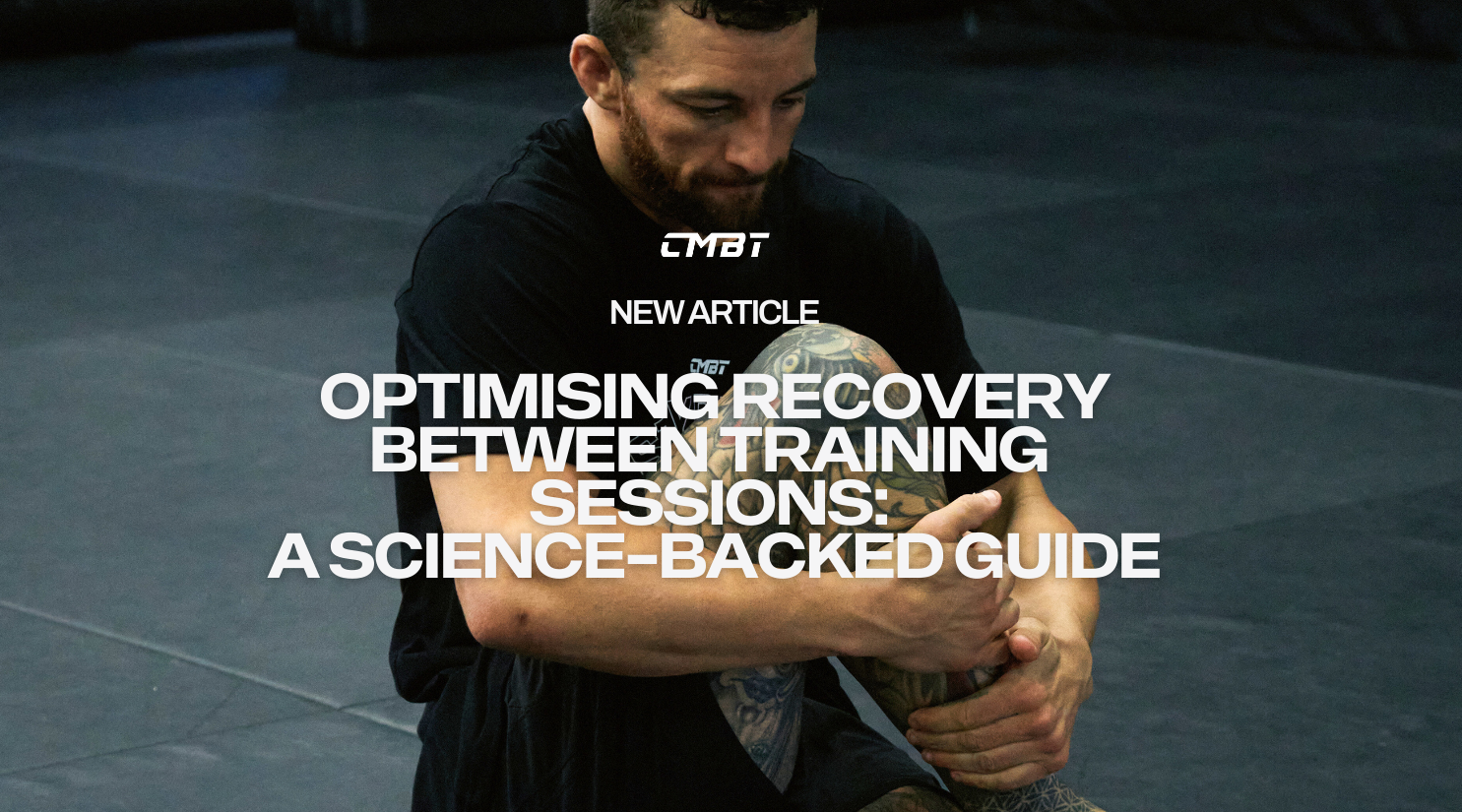


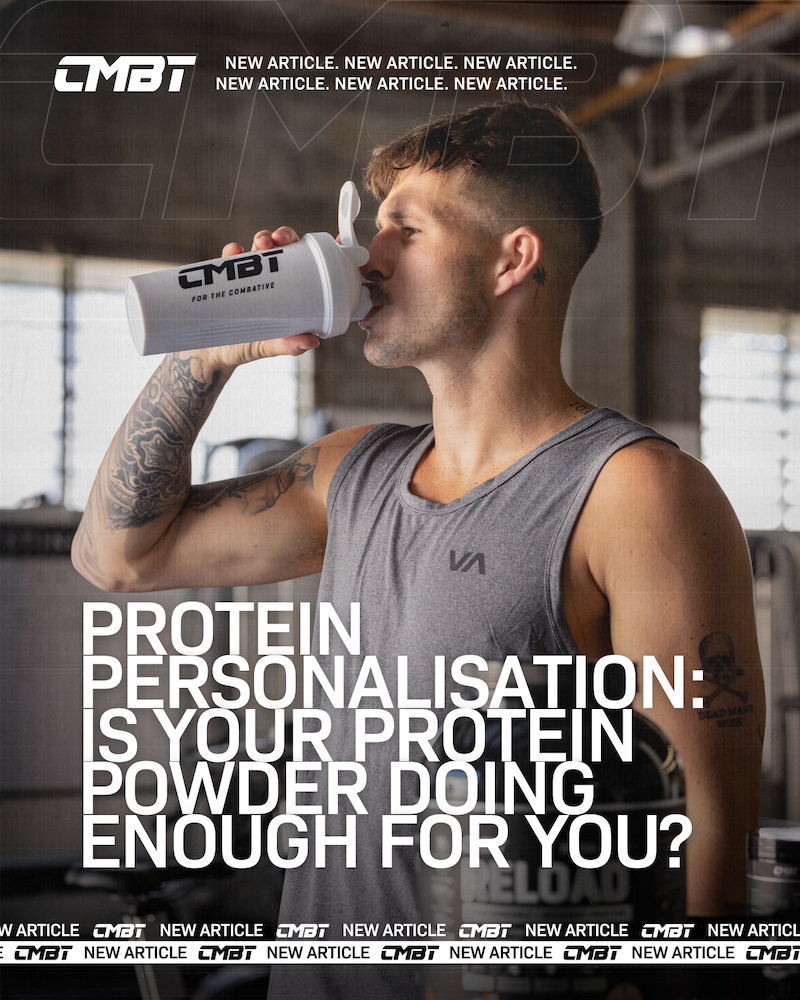
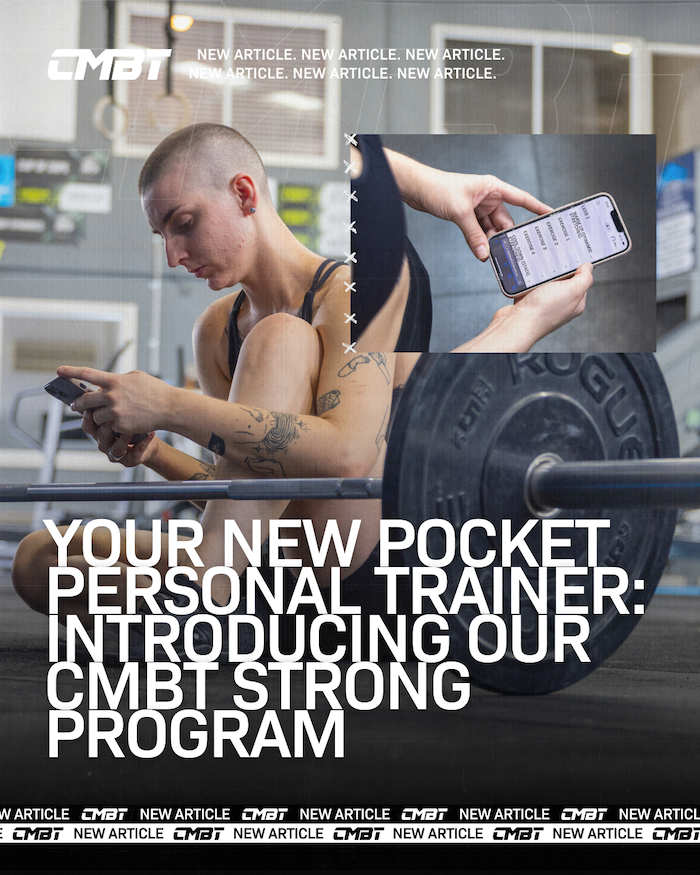
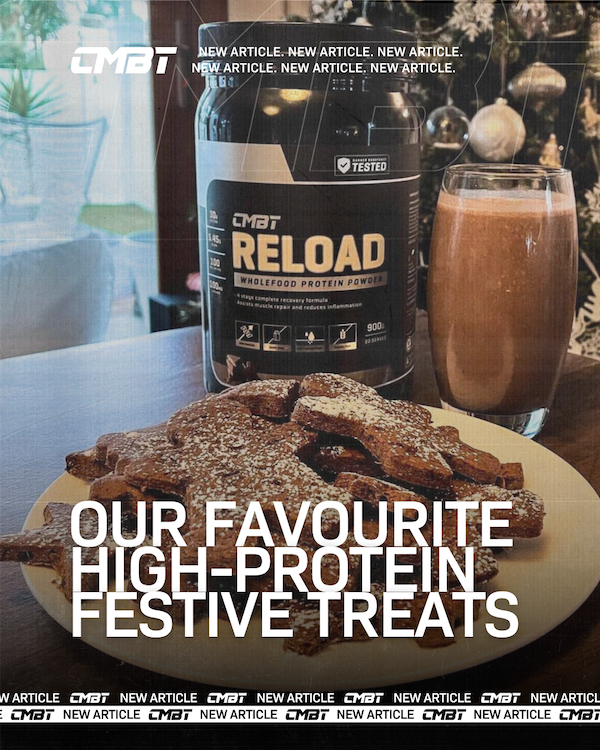

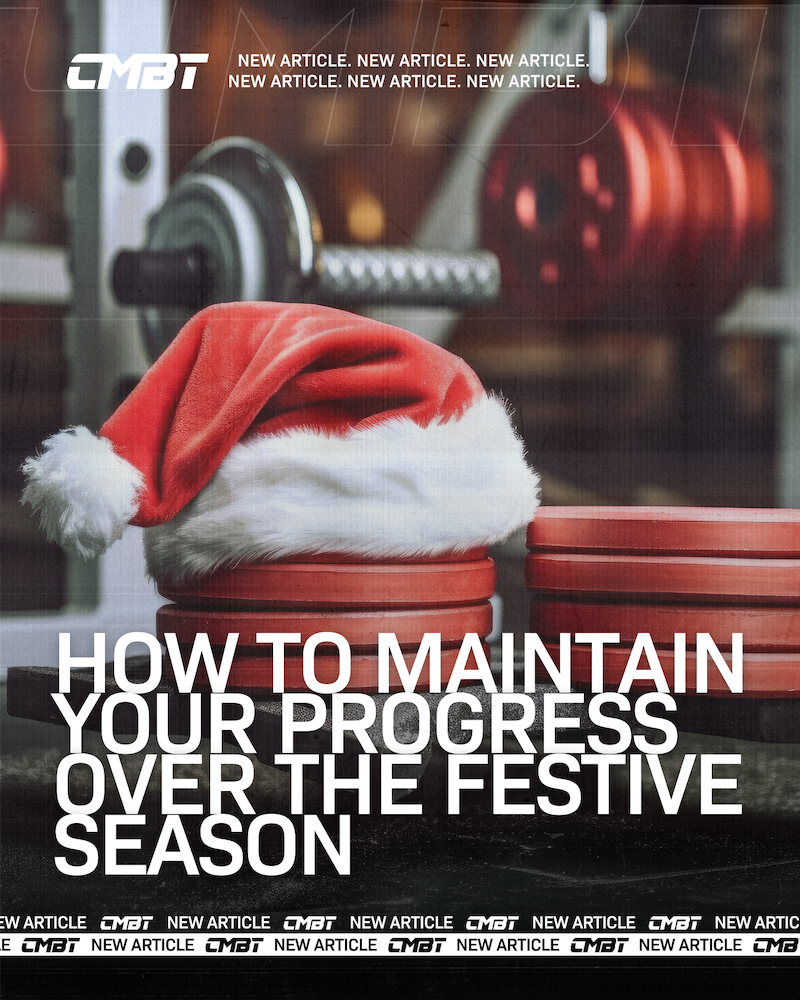
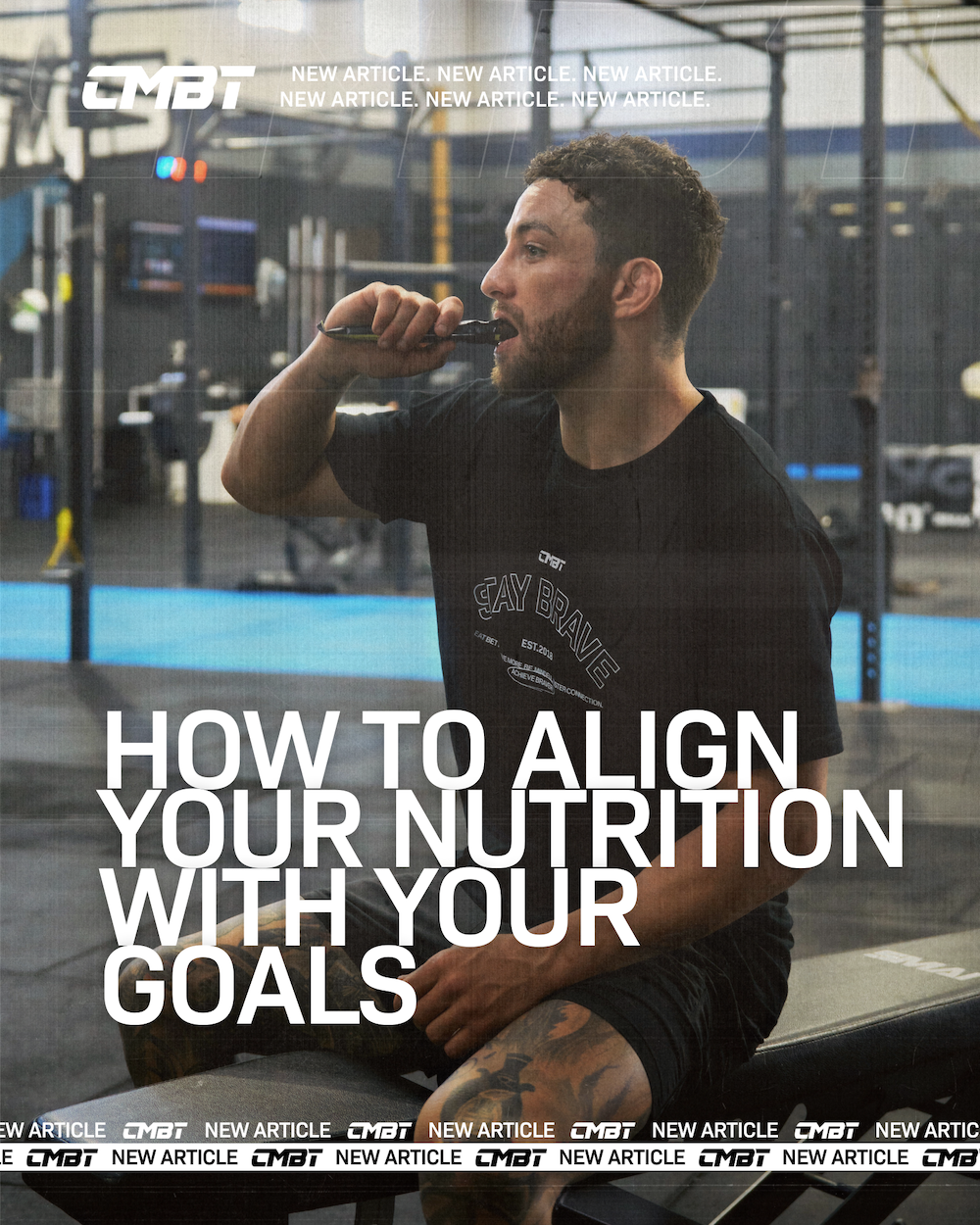

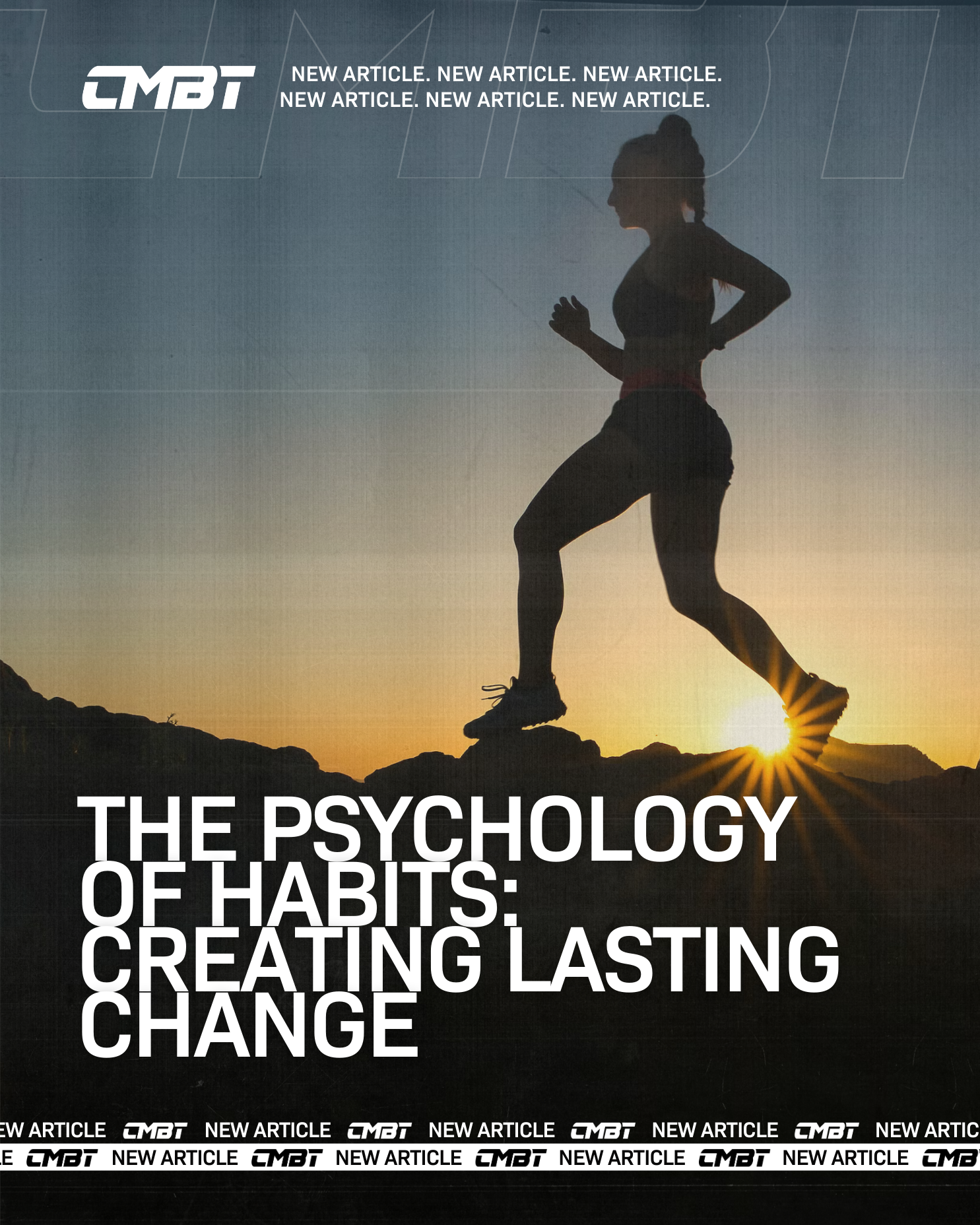

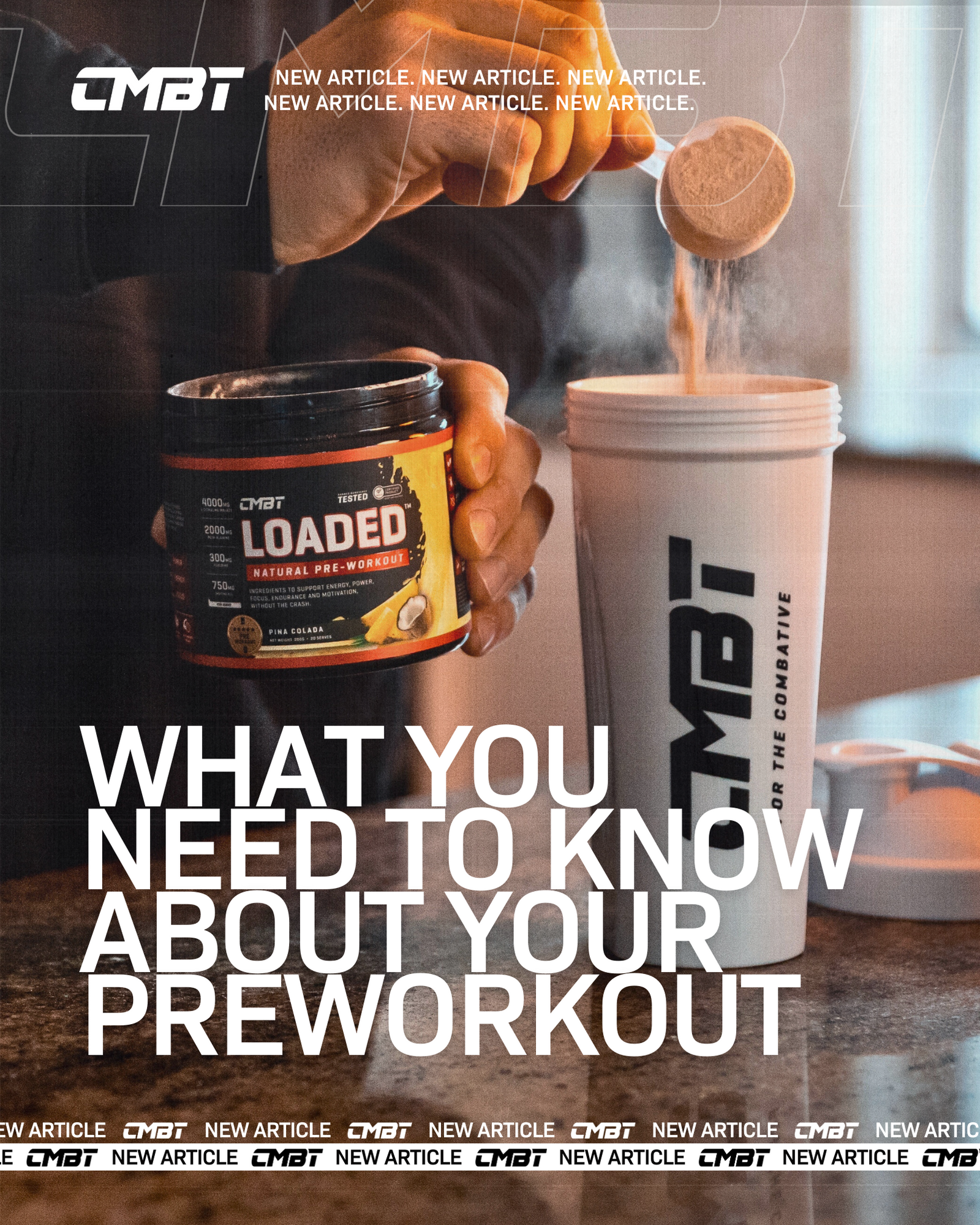

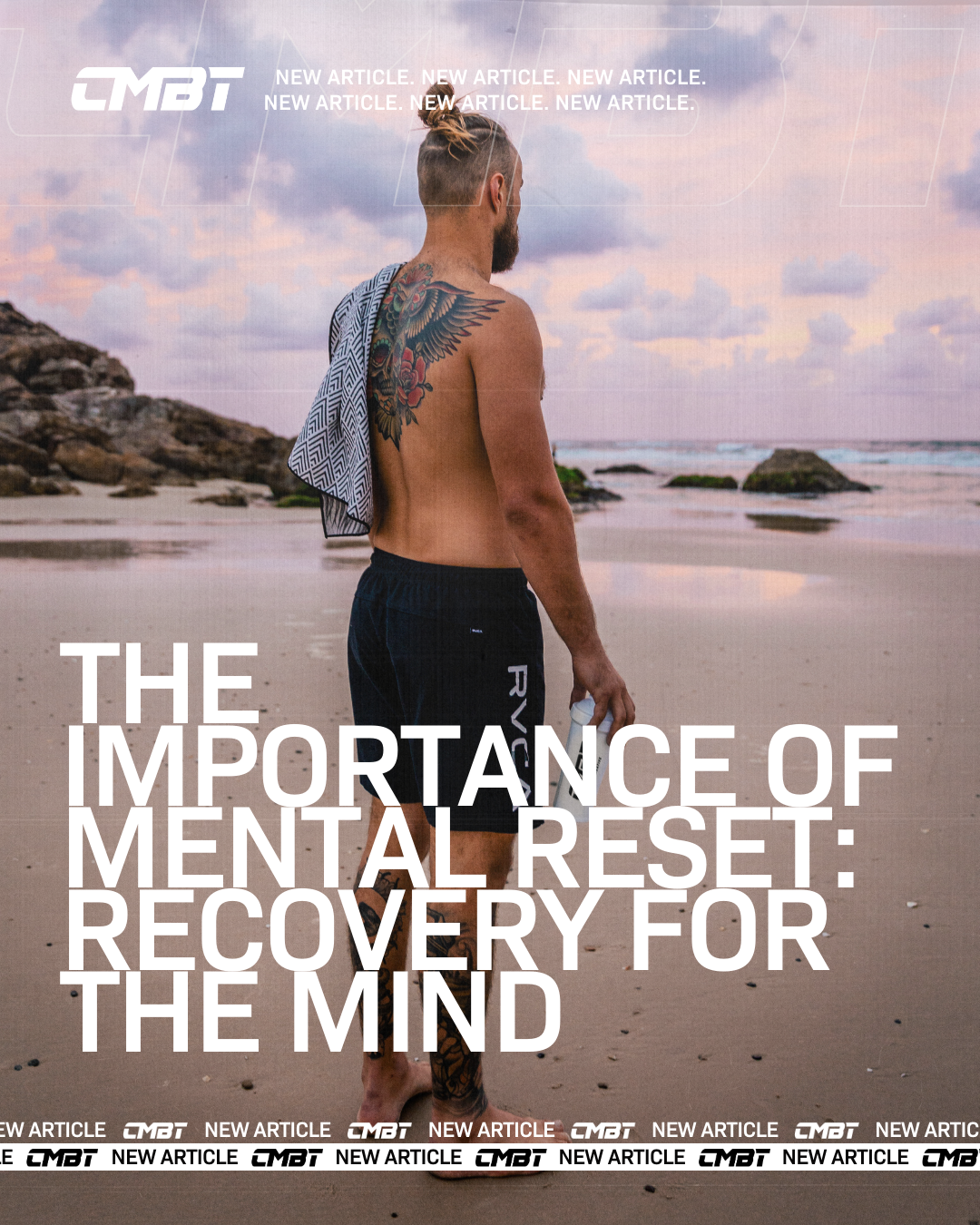
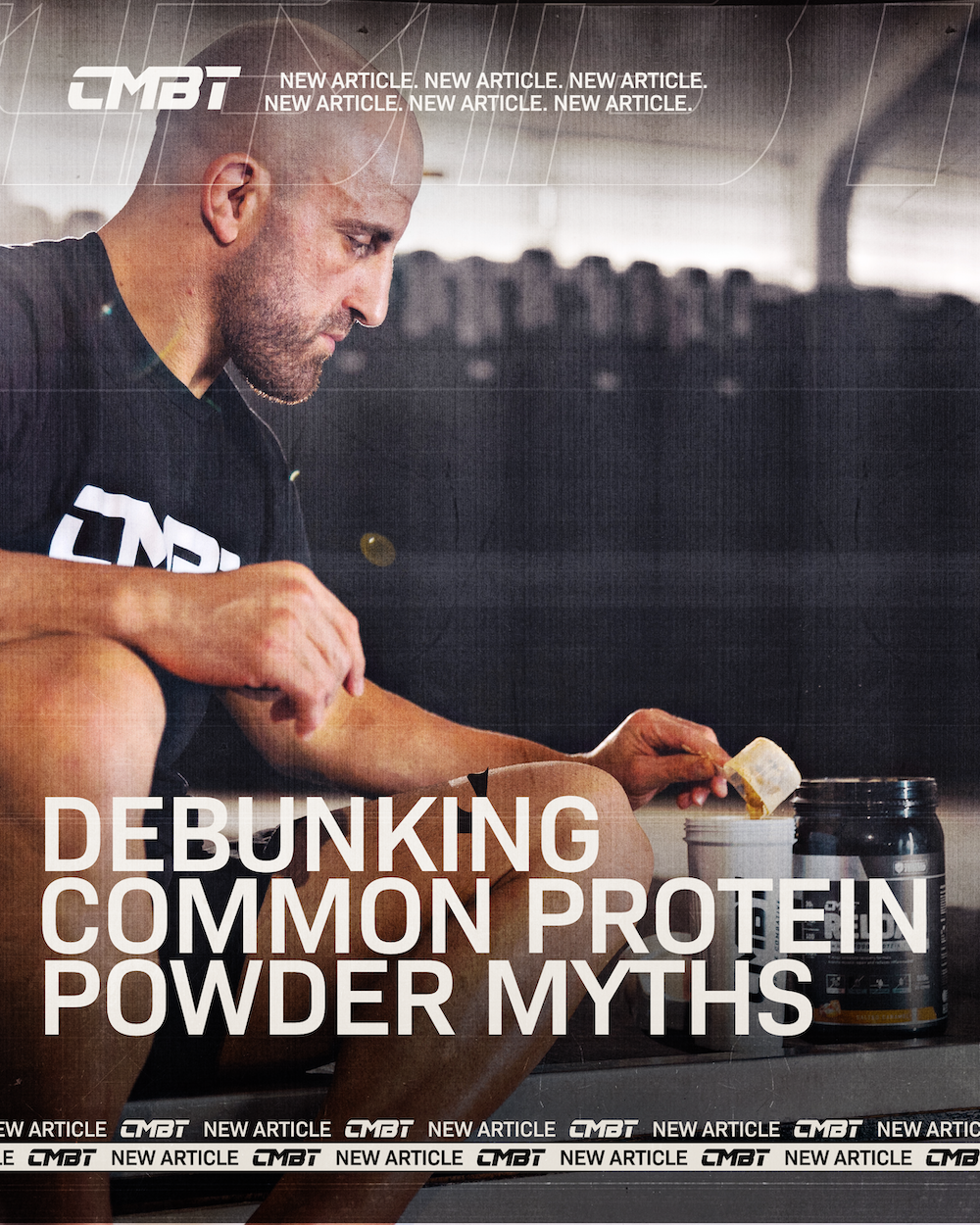
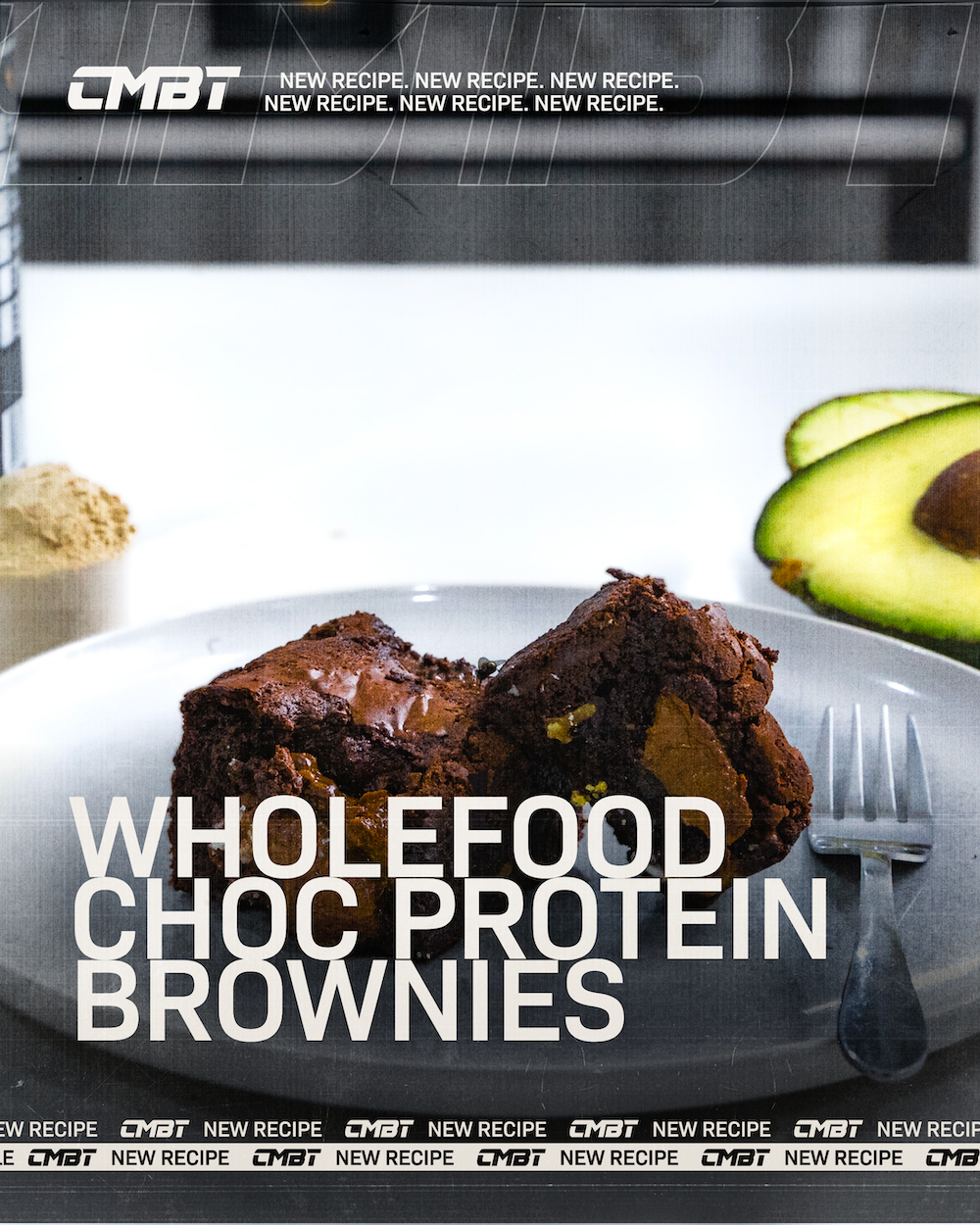
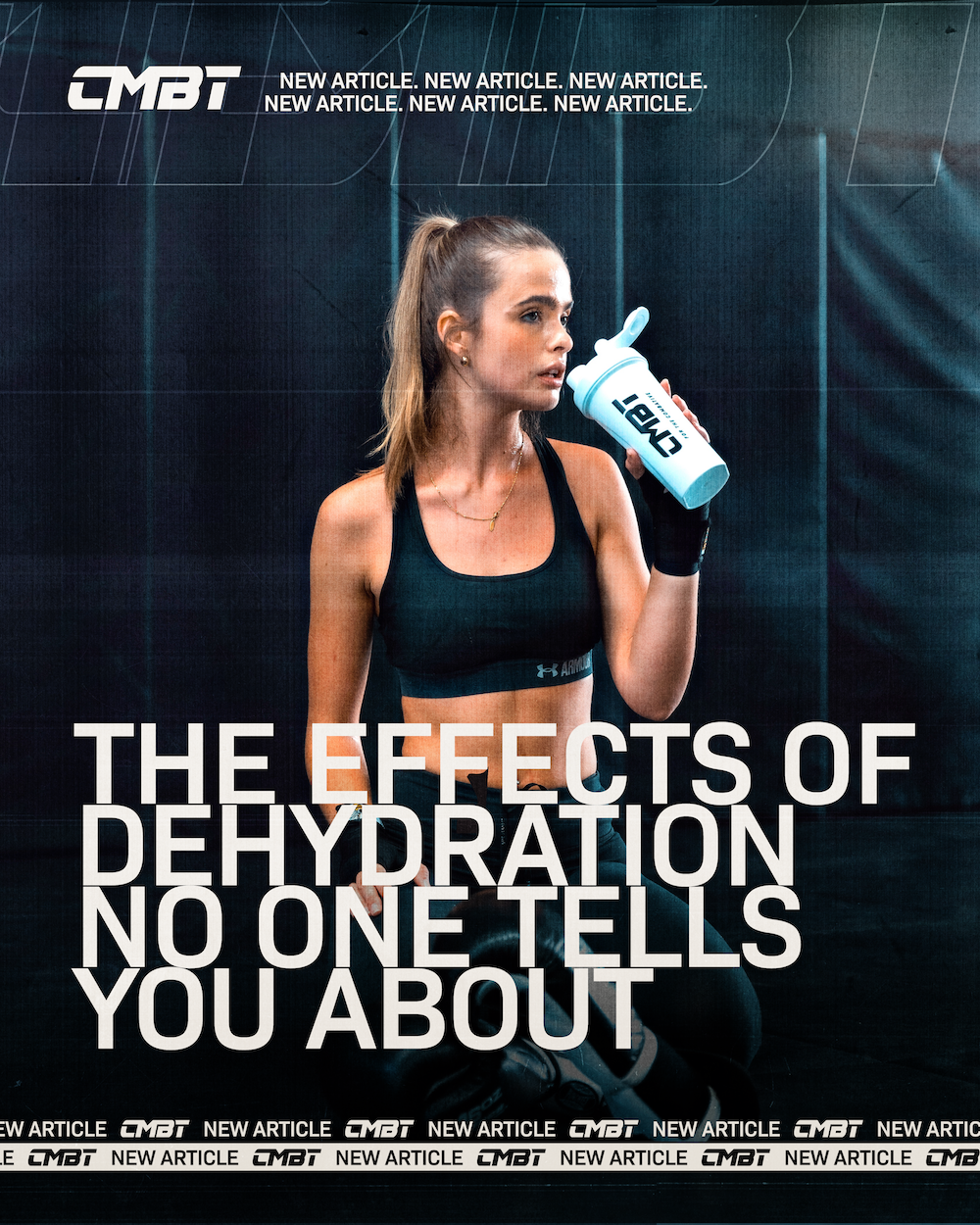

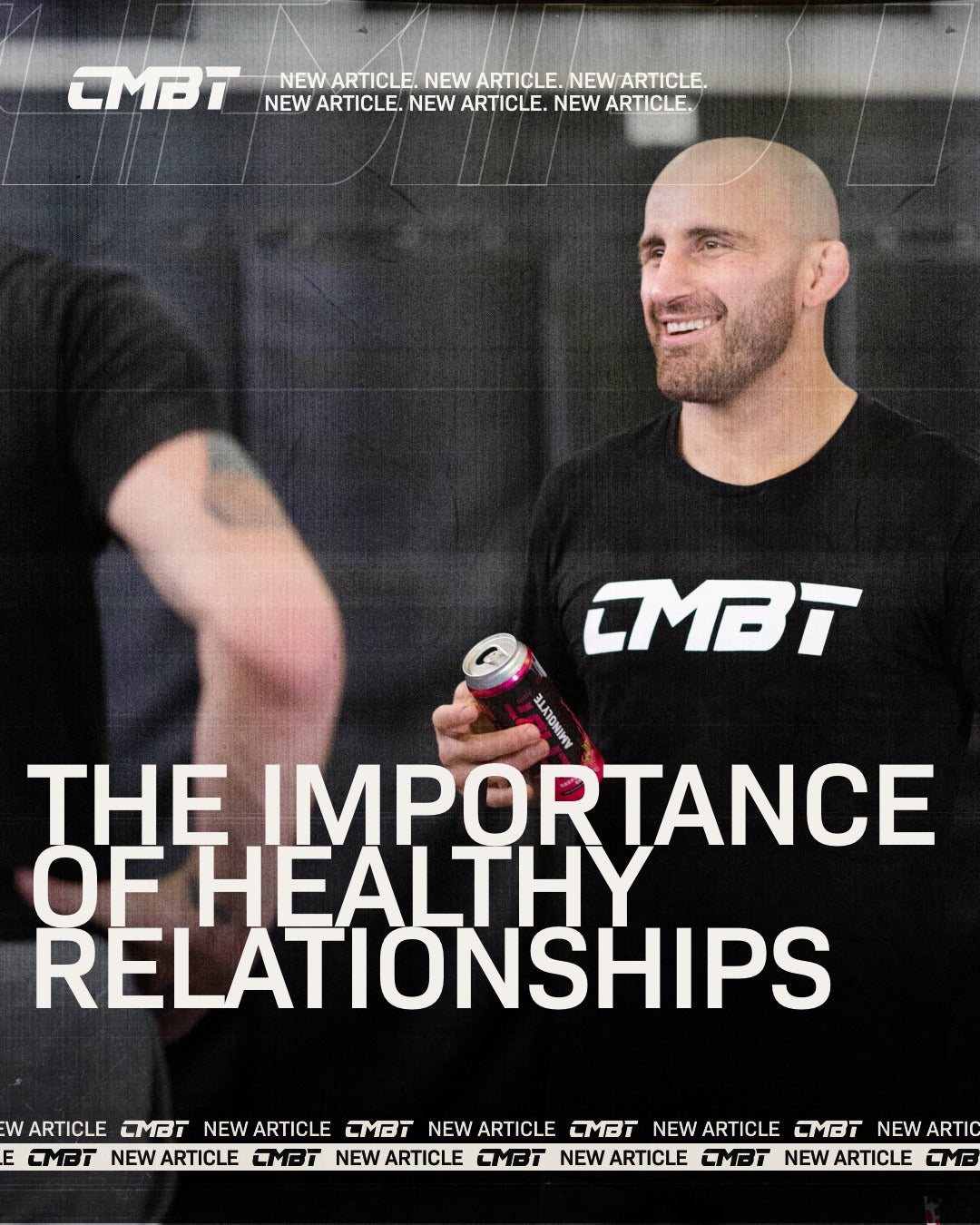

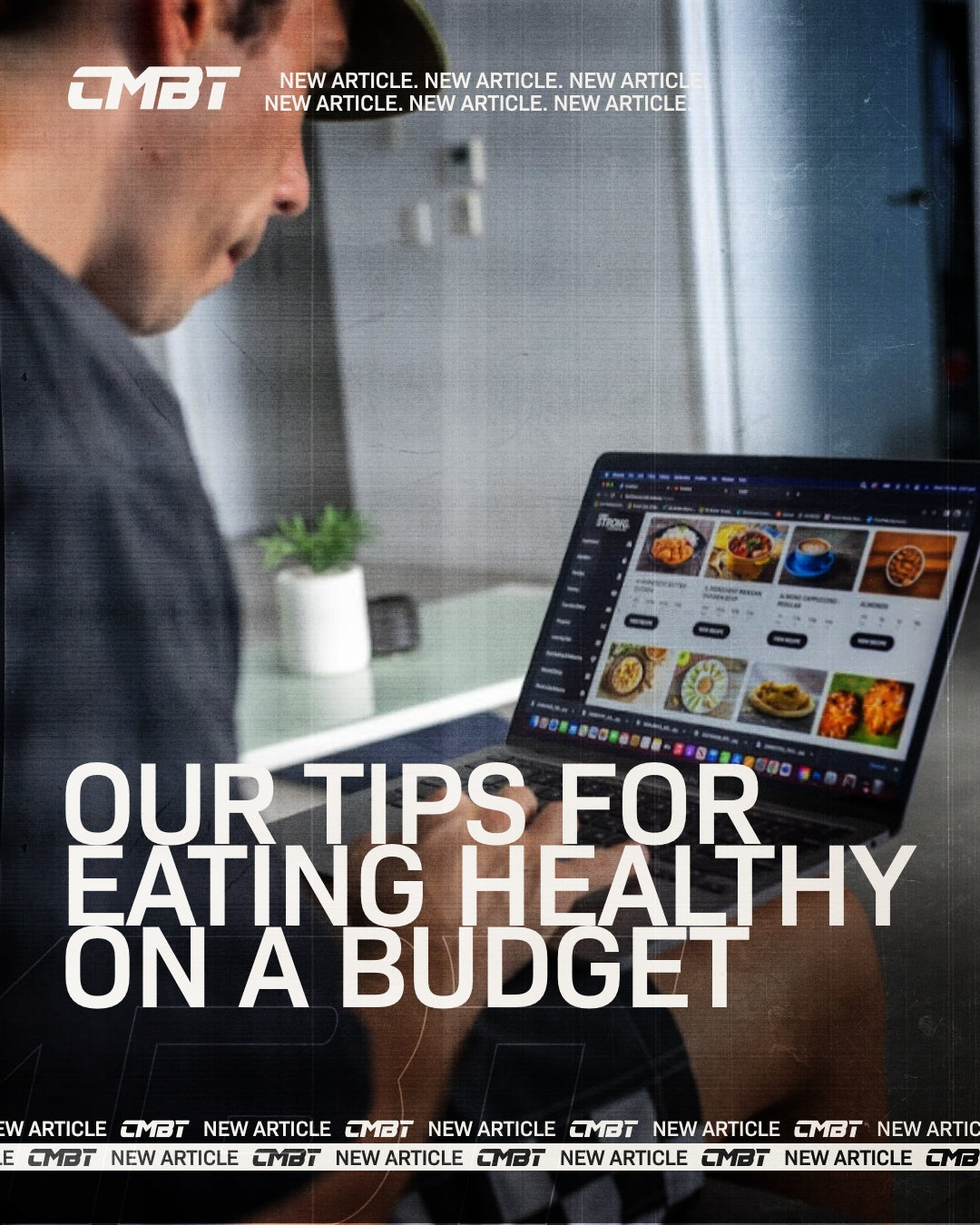




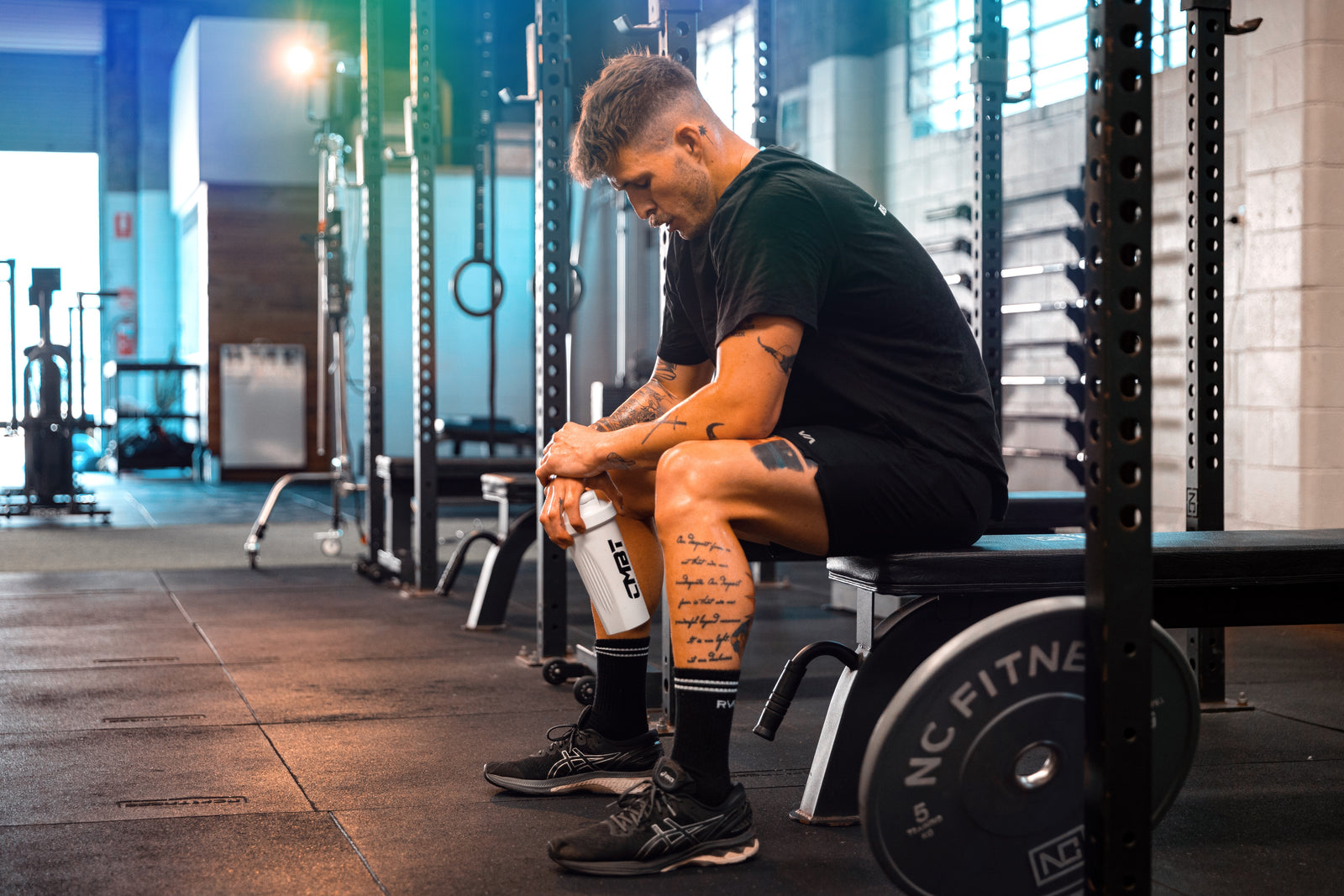

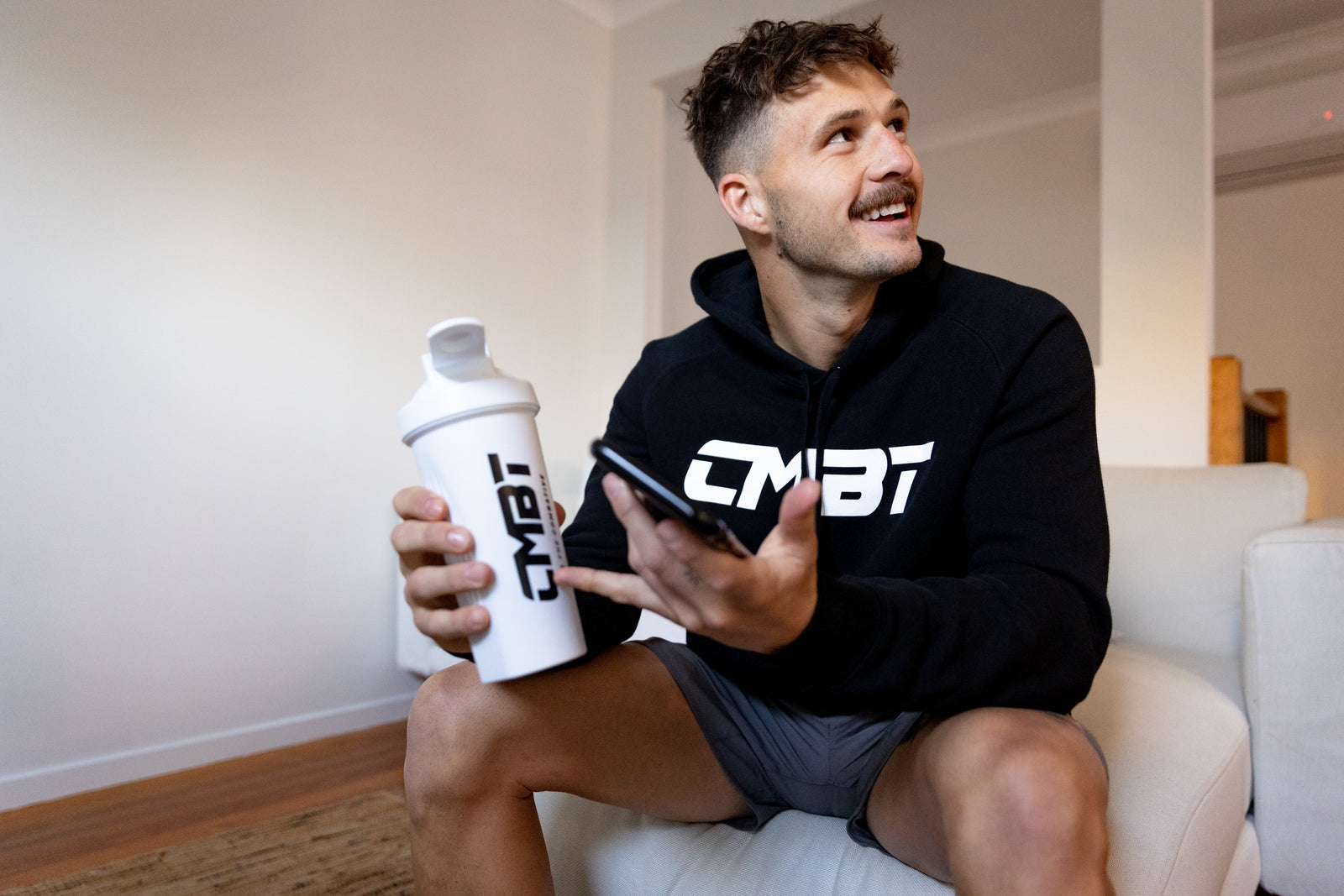


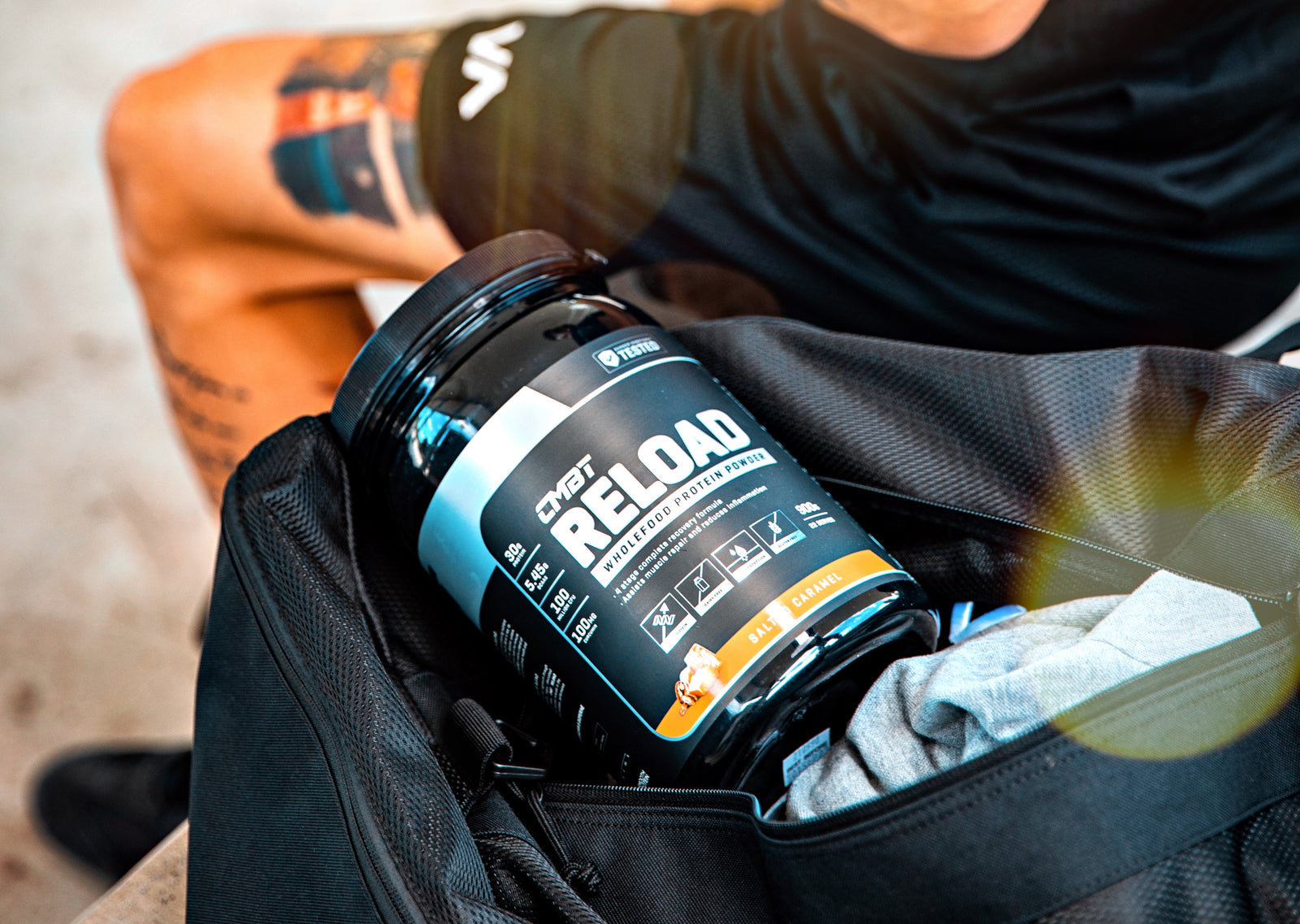
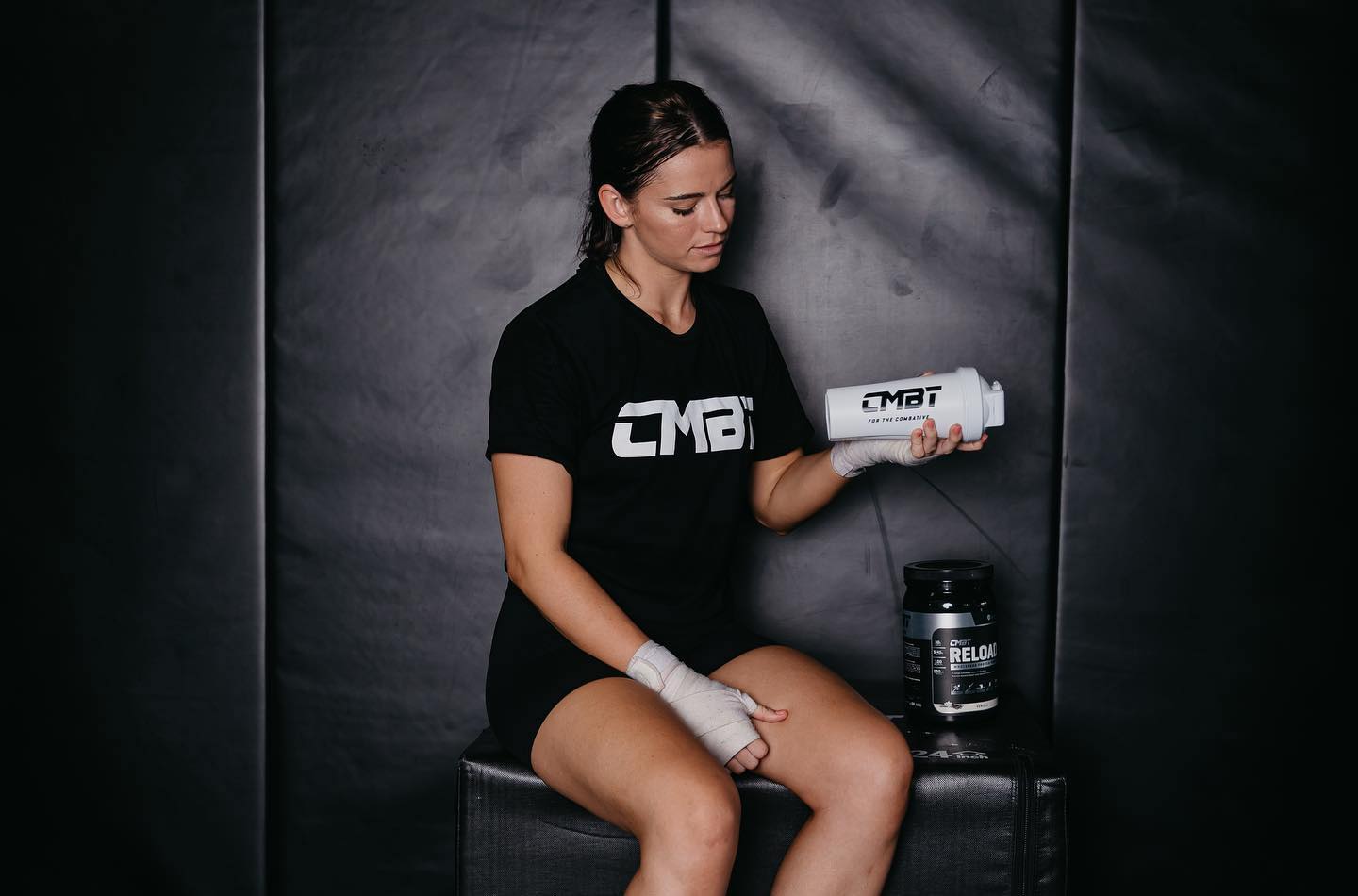


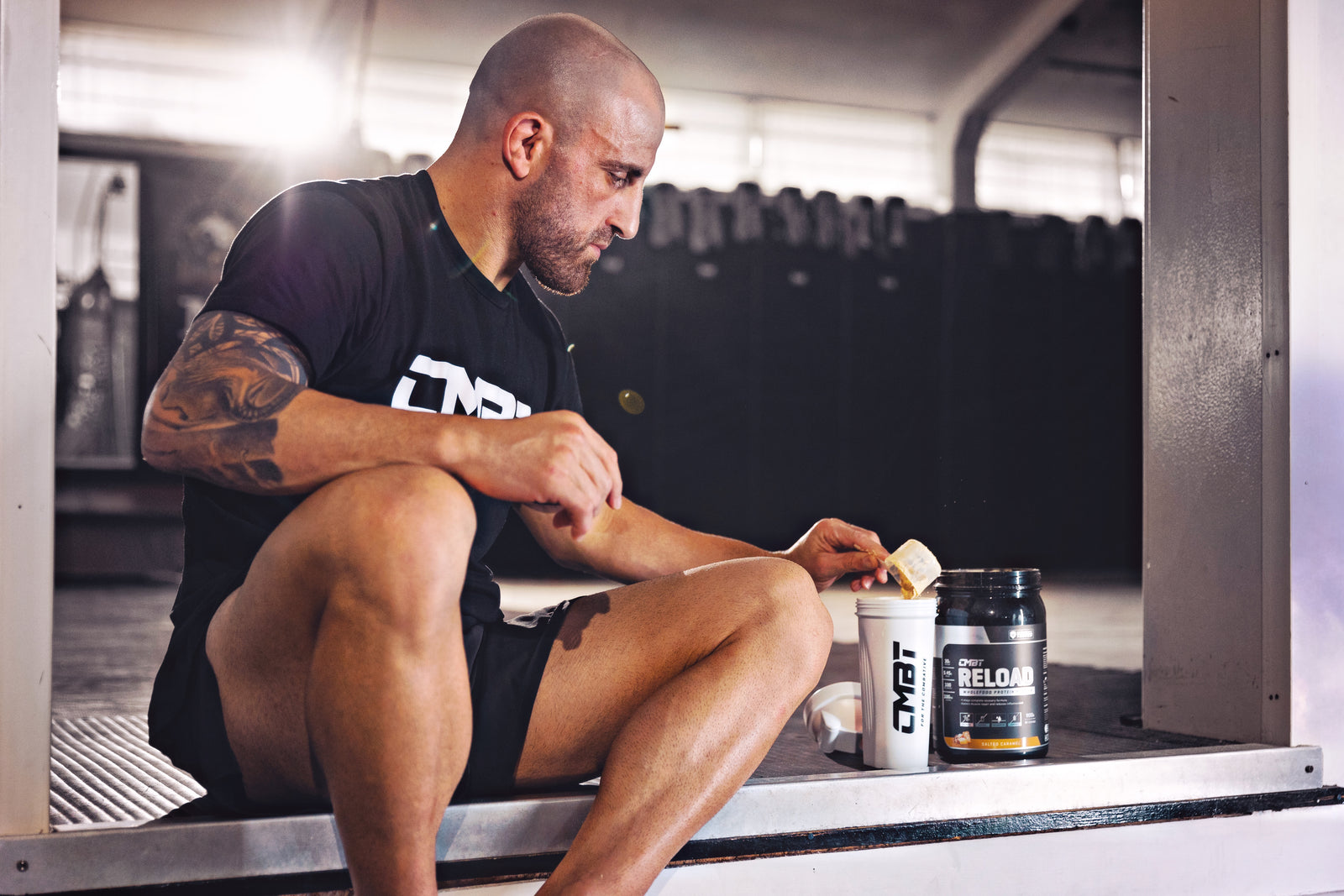


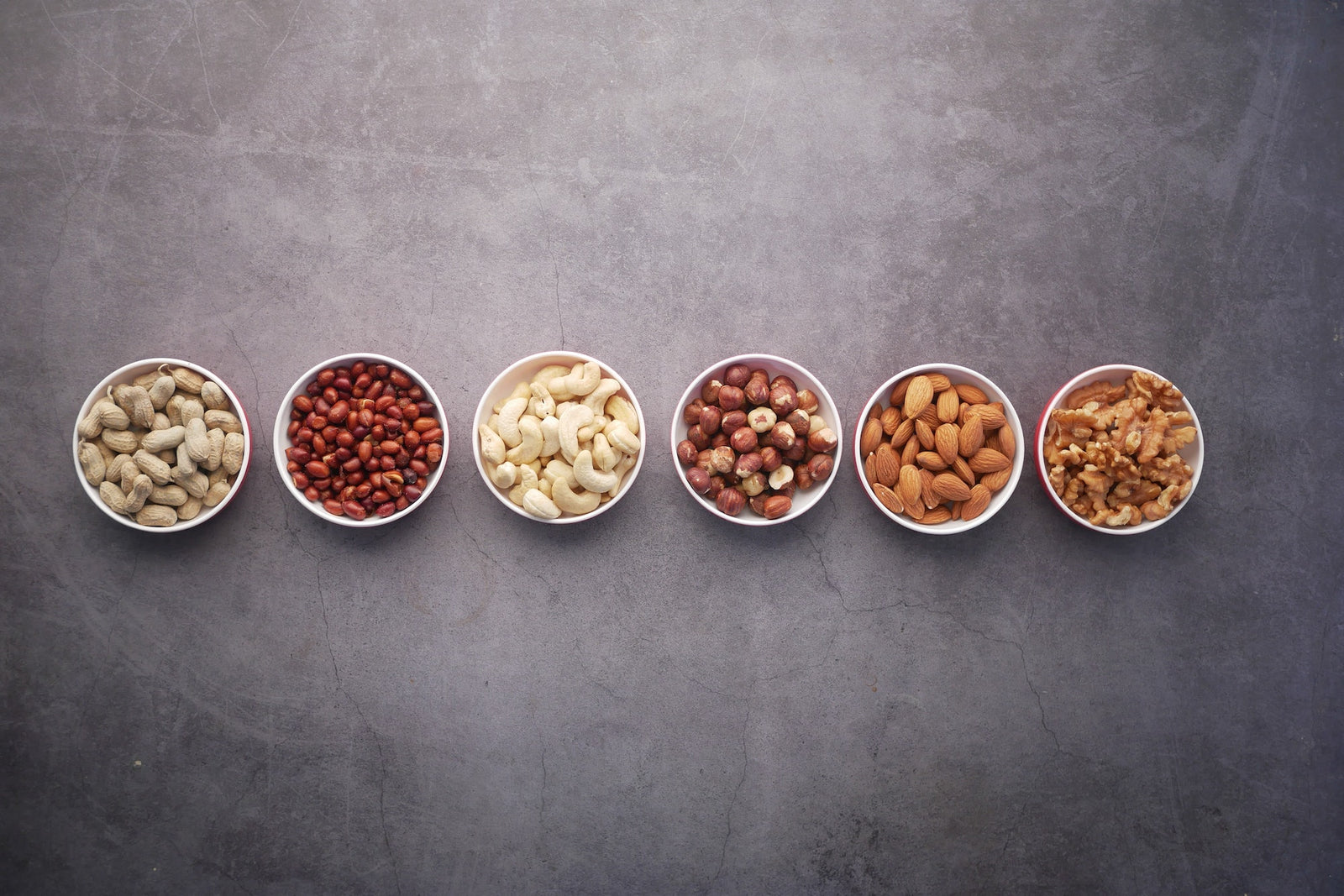





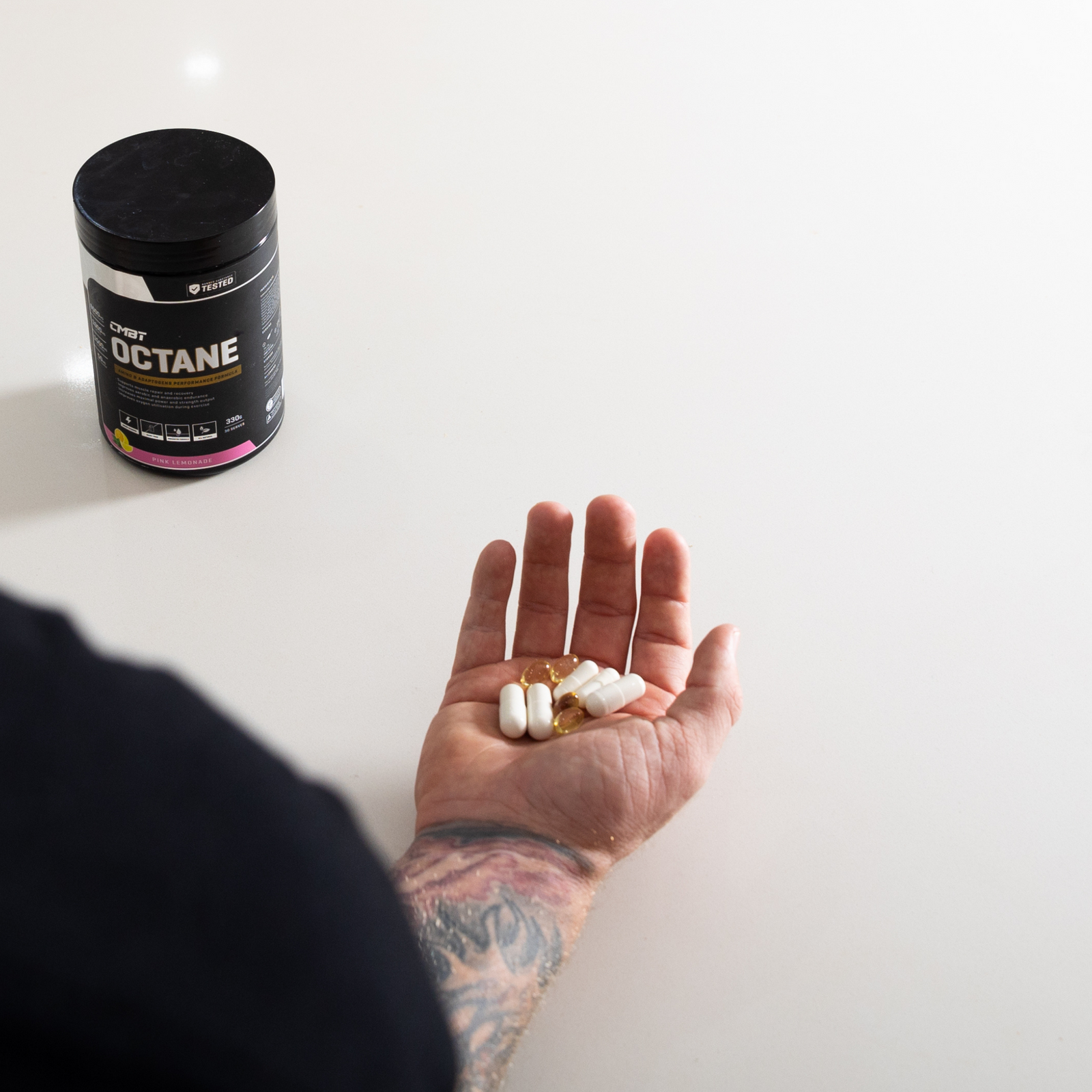


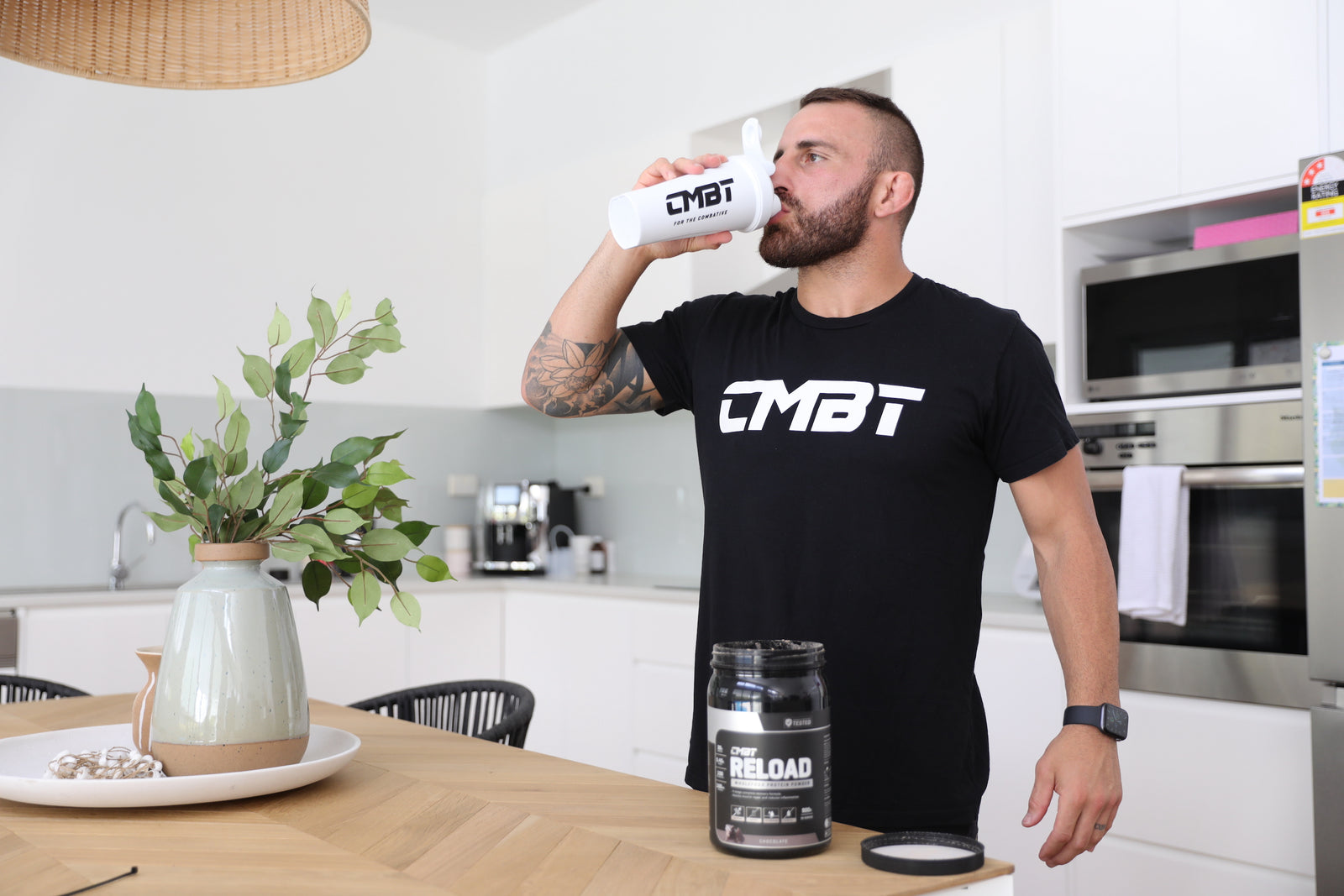
![[VIDEO] Fuel Your Passion feat. Sami Locke](http://cmbt.com.au/cdn/shop/articles/Sami.jpg?v=1625826844&width=1600)